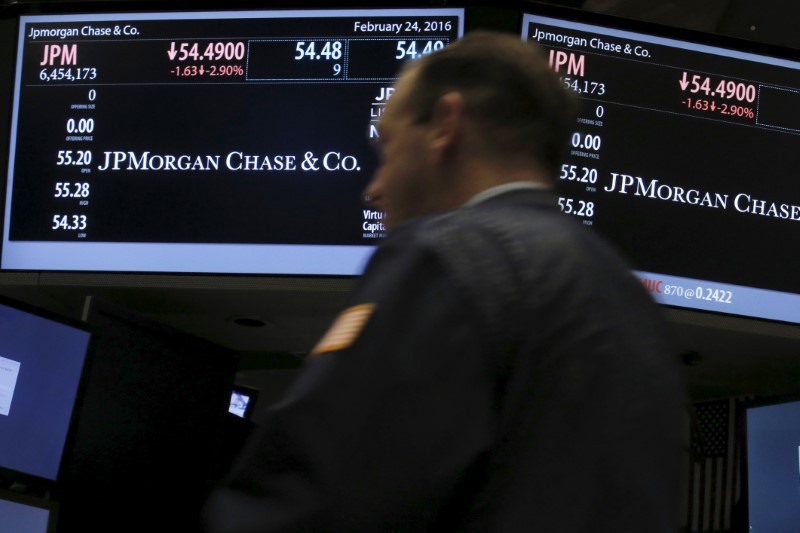This post was originally published on this site

LONDON (Reuters) – Russia has paid interest due on two sovereign dollar bonds, easing doubts about its willingness and ability to honour external debt after harsh sanctions imposed by the West, but a busy payment schedule ahead will keep investors on edge.
Failure to pay could have led to Russia’s first external bond default in more than a century and was seen as a key test after the sanctions intended to punish Moscow for its invasion of Ukraine.
However, on Friday, Russia’s finance ministry said it had fully met its obligations. Sources involved in the multi-step process of the $117 million coupon payments also confirmed the funds were on their way to creditors.
Some European bond holders said they received funds due in U.S. dollars, while two creditors in Taiwan told Reuters the funds were in the process of being remitted.
“The payment on both coupons has been executed,” one source familiar with the situation said.
The coupons were due on Wednesday but Russia had a 30 day grace period for make the payment, which must be received in full and in the right currency to avoid default.
News of the payment coming through lifted Russian bond prices, with the 2043 bond, one of the issues on which a coupon had been due, rising to 45 cents in the dollar.
While trading volumes were thin, that marks a rise from a record low of 12 cents hit on March 8, Refinitiv data shows.
Graphic: Russia’s government bond rally after crucial payments: https://fingfx.thomsonreuters.com/gfx/mkt/zjvqkoxglvx/Pasted%20image%201647602080627.png
Russia has around $40 billion of external bonds outstanding, half of which are held by foreign investors. It is not clear if Russia’s domestic holders of the bonds, which include some of the country’s biggest lenders, had received payments.
However, this week’s payments are the first of many that Russia must make to keep the complex web of Russia’s external borrowing intact.
The next international bond payment falls is a $66 million coupon due on March 21, which too carries a 30-day grace period.
The complication is that this dollar-denominated issue contains a provision allowing for payment in alternative currencies such as euro, pound, Swiss franc and the Russian rouble.
That’s because Russian bonds issued after 2014 — when Russia was sanctioned over its annexation of Crimea — contain a provision for payments in alternative currencies.
For bonds sold after 2018, the rouble is listed as an alternative currency option.
JPMorgan (NYSE:JPM) analyst Jonny Goulden said investors would need to monitor upcoming payments as they may be treated differently “either because those bonds are cleared via the Russian NSD settlement mechanism or because they have a rouble fallback as a payment currency, which the Russian government may look to pay in roubles.”
In total, Russia must pay another $615 million in coupons until end-March and more than $4.5 billion in coupons and maturities until year-end.
The first major principal payment is due on April 4 when a $2 billion bond matures.
Meanwhile questions have arisen on where the money for the payment has come from.
Sanctions imposed by the U.S Treasury in late-February have “immobilized” a large chunk of Russia’s foreign currency reserves. While some analysts suggested sanctioned money may have been used for this week’s payments, Russia has generally paid debt out of budget funds.
The U.S. Office of Foreign Assets Control (OFAC) issued general license 9A on March 2 authoriing transactions for U.S. persons with regards to “the receipt of interest, dividend, or maturity payments in connection with debt or equity” issued by Russia’s finance ministry, central bank or national wealth fund.
That exemption runs out on May 25 however, leaving in balance nearly $2 billion in external sovereign bond payments after that deadline and until year-end.

